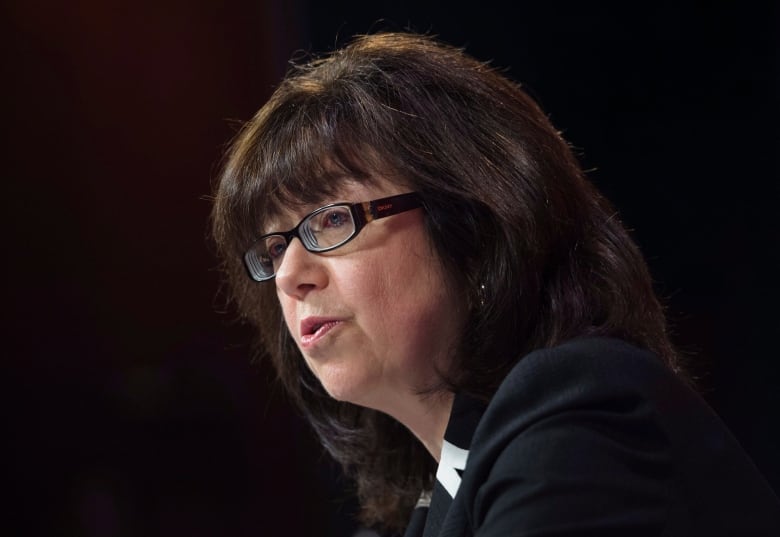Ontarians are waiting hours for life-saving surgery: auditor general
Emergency rooms clogged, too, because of delays getting in to family doctors, AG says

Ontario's hospitals are too slow in getting their most critically ill patients into both intensive care and the operating room, with roughly one quarter of those surveyed waiting four hours for life-saving surgical procedures, the province's auditor general found.
Myriad factors are causing the bottleneck in the province's emergency rooms, Auditor General Bonnie Lysyk reported, beginning at the family doctor's office.
Roughly 57 per cent of Ontarians say they have to wait two or more days to see a family doctor for non-urgent care, the audit found.
The trickle-down effect
And that then trickles down to hospitals, which Lysyk found are failing to provide urgent care within the province's targets.
Patients are waiting an average of 23 hours before doctors transfer them to intensive care roughly triple the eight-hour target, according to the auditor general's findings at three sample hospitals in 2016. The province's guidelines say that 90 per cent of people need to be seen within that timeframe.
And there were still others who waited longer.
The audit found that patients who needed acute care spent 37 hours in the emergency department.
When asked whether the average 37-hourwait for an acute care bed was acceptable, Health Minister Eric Hoskinssaid that "it's clear we need to continue to make progress."
He noted, however, that the auditor found that 90 per cent of patients were treated and discharged from emergency rooms within the province's guidelines.

Life and death
But delays can literally be the difference between life and death; the auditor found several cases of patients who died while awaiting emergency care.
In one case, a patient with a traumatic brain injury waited more than 20 hours to get into the operating room. During that time, surgeons instead performed two elective procedures on other patients, according to theaudit, after finding the patient with the brain injury appeared to be stable.
"During the waiting period, the patient's condition deteriorated rapidly and they went into a coma," the audit reads. "The patient did not recover from the emergency surgery and died four days later."
In another case, a patient who waited more than 25 hours for an emergency appendectomy had to stay in hospital for twice the length of the normal recovery time. His appendix had burst while waiting.
"There are consequences if people who are requiring intensive care don't get those services right away," Lysyk told reporters Wednesday.
Delays for surgery
Wait times for surgeries both elective and urgent operations have also not improved in the last five years, according to the report.
In life-threatening cases, patients are supposed to be in the operating room within two hours. Instead, the audit found that about one quarter of patients in critical condition wait an average of four hours for surgery, according to the three hospitals surveyed.
The wait for emergency, but not immediately critical, operations also fell significantly below the targets. Patients are waiting an average of 18 hours for procedures like acute appendicitis 10 to 16 hours longer than the province recommends.
"Issues with the scheduling and use of operating rooms have also contributed to patients with critical and life-threatening conditions waiting longer than they should for surgery," Lysyk said in her audit.

Waiting for long-term care
Community hospitals which exclude specialty facilities like the Hospital for Sick Children are also caring for people who are well enough to leave.
About 15per cent ofpatients in the province's hospitals could have been treated at a long-term care centre, another medical facility or through home care, the auditor general's report found.
It's neither an ideal solution for those patients or for taxpayers.
Those waiting for long-term care beds are more likely to be overmedicated and to suffer falls in a hospital, according to the audit.
And another 37,550 people could have been treated in their stead, the report says.
Bypassing your family doctor
The province also still sees residents going to the emergency room unnecessarily. Roughly 243,000 people went to hospital with a condition that could have been treated by a family doctor, Lysyk found.
"In addition to putting more strain on emergency room operations, these visits cost the province $62 million including $33 million for patients whose family physicians had already been compensated to provide the same services," the report found.
It's unclear how many of those patients went to the emergency department because they could not get a swift appointment with their family doctor.












_(720p).jpg)


 OFFICIAL HD MUSIC VIDEO.jpg)
.jpg)



























































































